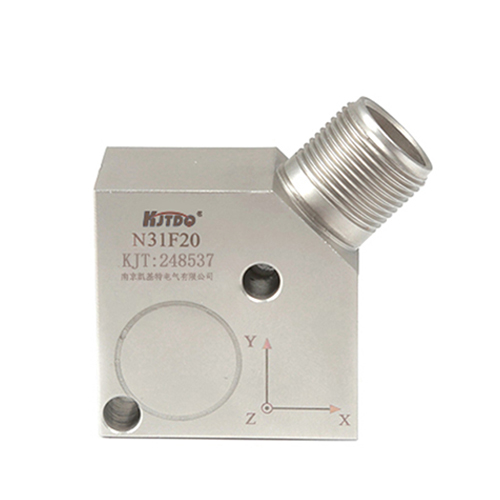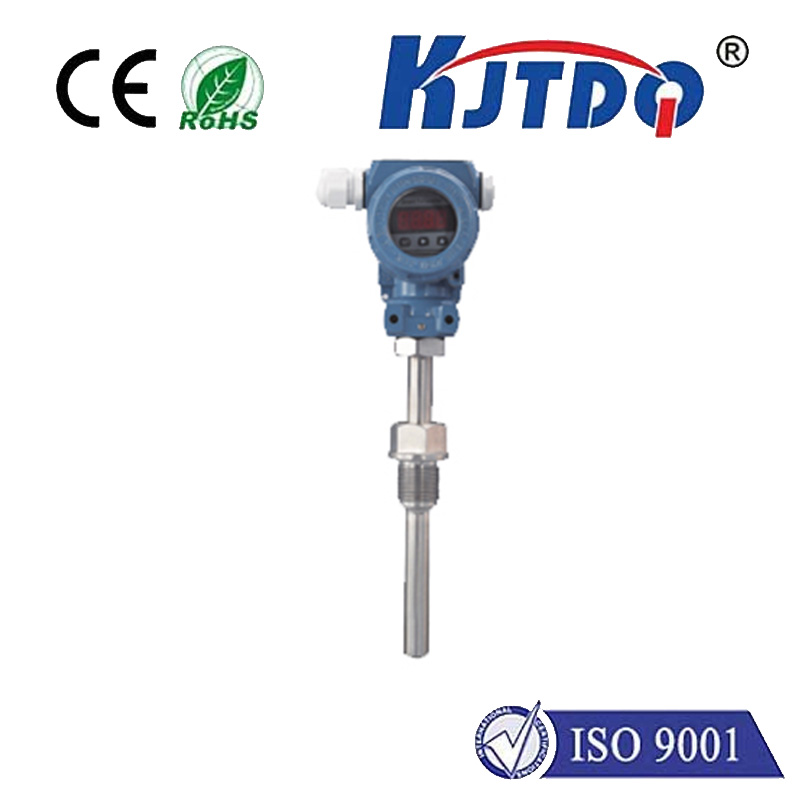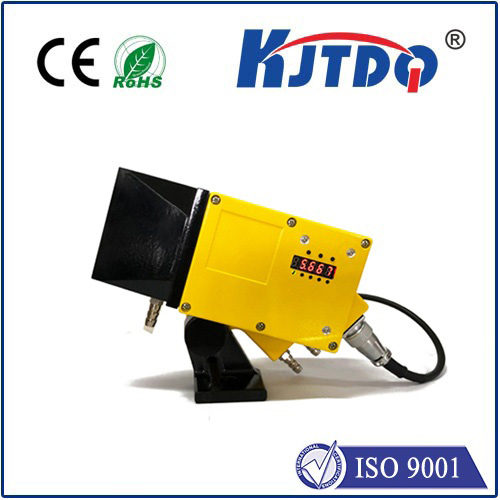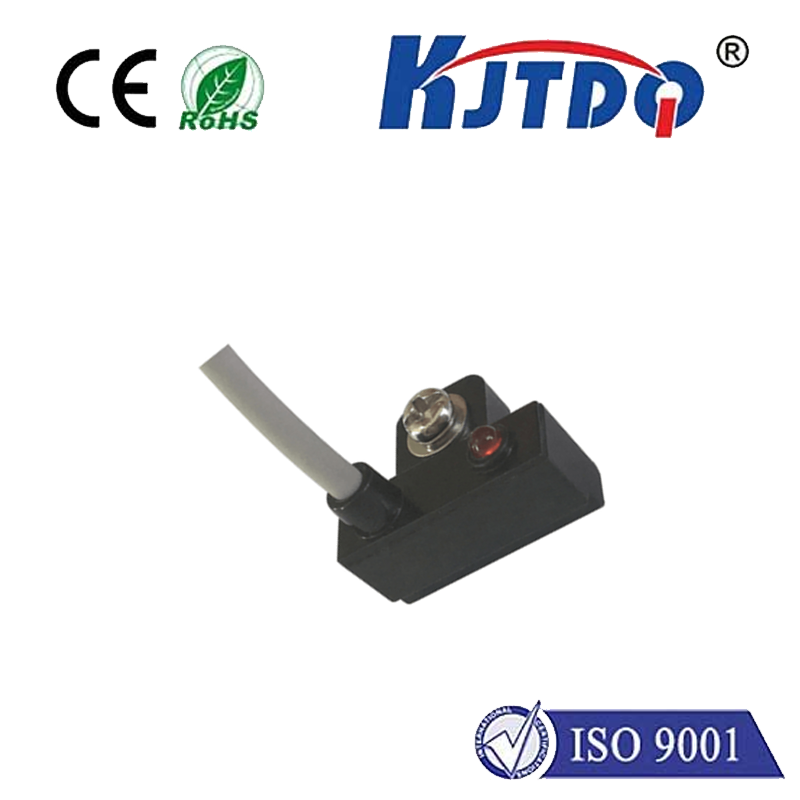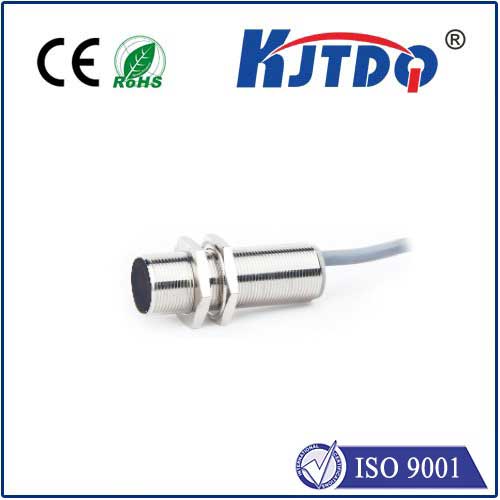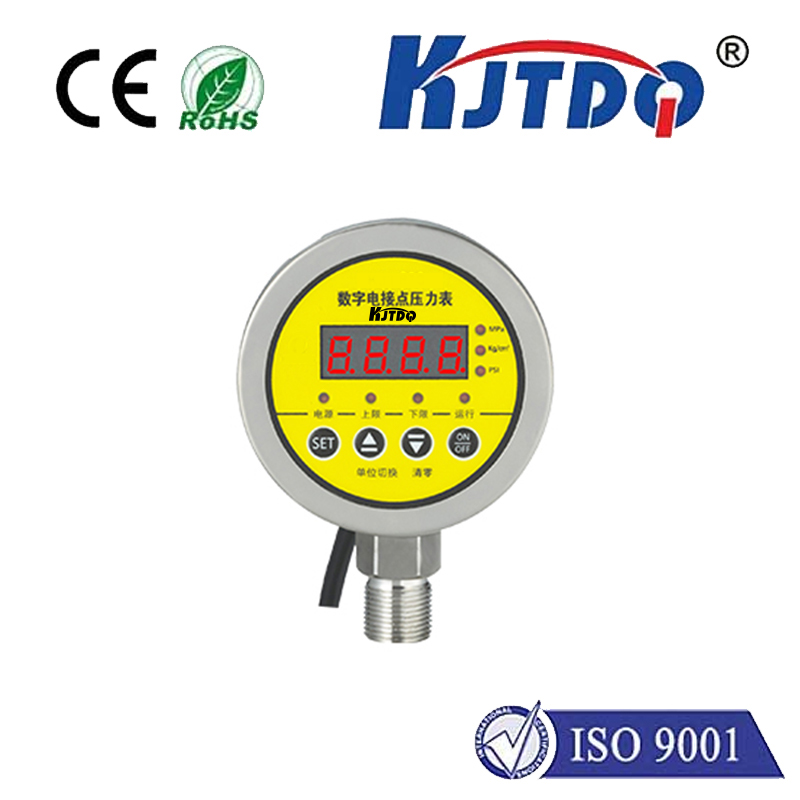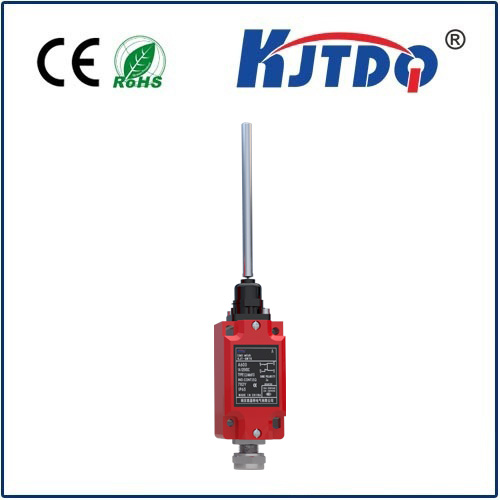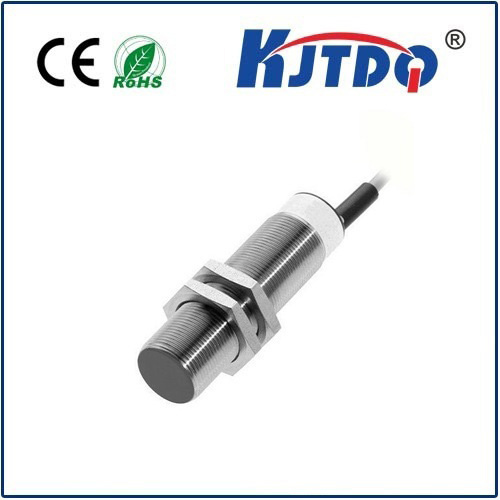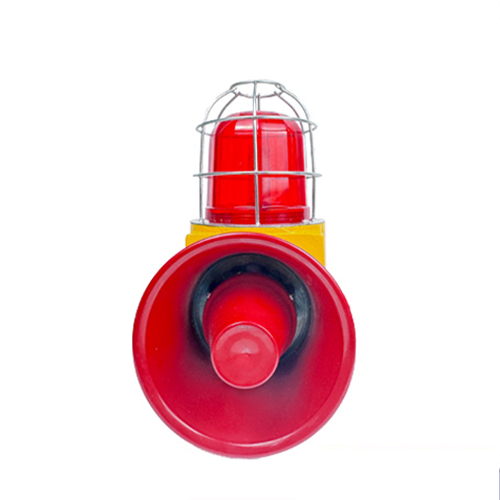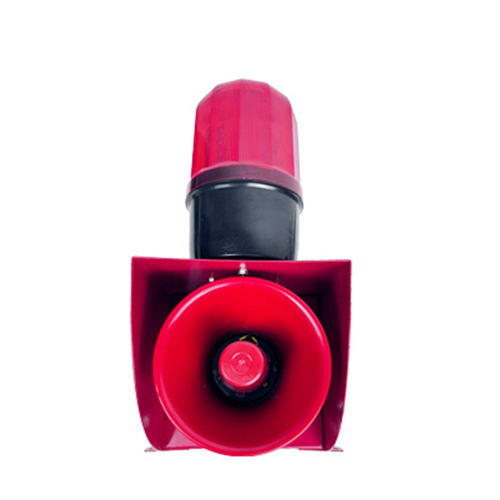

check

check

check

check

check

check

check

check

check

check
Ever wondered how factories maintain seamless, error-free operations even in the harshest environments? At the heart of many industrial systems lies a small yet mighty component: the proximity sensor. Specifically, the LJ12A3-4-Z/EX proximity sensor has carved out a niche with its robust performance and versatility. Designed for demanding applications, this inductive model embodies innovation that bridges the gap between reliability and cost-effectiveness. As industries increasingly prioritize automation for enhanced productivity, understanding this sensor’s capabilities becomes essential. In this article, we’ll explore its working principles, standout features, and real-world uses—providing you with actionable insights without overwhelming detail.
First, let’s demystify what the LJ12A3-4-Z/EX proximity sensor is. Essentially, it’s an inductive proximity sensor, which means it detects the presence of metallic objects without physical contact. This non-contact approach minimizes wear and tear, making it ideal for repetitive industrial tasks. Operating on electromagnetic principles, it emits a high-frequency field; when a metal target enters this field, it disrupts the current, triggering a signal. This design ensures fast response times—often under milliseconds—which is critical for applications like assembly lines where precision timing is non-negotiable. Key specifications include a detection range of up to 4mm, PNP output for compatibility with modern control systems, and a sturdy housing rated at IP67. This rating signifies excellent protection against dust and water immersion, allowing it to thrive in challenging settings such as manufacturing plants or outdoor machinery.

Delving into its core advantages, the LJ12A3-4-Z/EX sensor excels in durability and longevity. Crafted with high-grade materials, it resists vibrations, temperature fluctuations, and chemical exposure, contributing to an operational lifespan that often exceeds 100,000 hours. This resilience translates to reduced maintenance costs and fewer downtimes—a major win for facility managers. Another distinctive feature is its energy efficiency; consuming minimal power, it integrates seamlessly into eco-conscious automation setups without straining resources. Unlike optical sensors that can falter in dirty or foggy conditions, this inductive variant remains unaffected by environmental factors, ensuring consistent accuracy. For instance, in automotive manufacturing, it reliably detects parts on conveyor belts, even amid oil splashes or metal debris. That reliability isn’t just a perk—it’s a necessity for meeting stringent industry standards, such as those in food processing where hygiene and precision are paramount.
When it comes to applications, the LJ12A3-4-Z/EX proximity sensor shines across diverse sectors. In robotics, it acts as a safety sentinel, halting movements if an object or person approaches too closely, thereby preventing accidents. Industrial automation heavily relies on it for position sensing in machinery like CNC machines or packaging equipment, where it provides real-time feedback to controllers, optimizing speed and alignment. Consider a bottling plant: this sensor can count, sort, or verify caps with pinpoint accuracy, boosting throughput rates by up to 20%. It’s also invaluable in material handling systems, detecting metal components on pallets to streamline logistics. The PNP output configuration enhances its versatility, allowing straightforward connections to PLCs (Programmable Logic Controllers) without complex wiring. This plug-and-play aspect makes it a favorite among engineers, as it slashes installation time and training needs. For best results, position the sensor perpendicular to targets and avoid placing it near strong electromagnetic sources to prevent interference—simple tips that maximize its effectiveness.
Ultimately, the LJ12A3-4-Z/EX proximity sensor isn’t just a component; it’s a catalyst for smarter, safer industries. Its blend of innovation and practicality supports the shift toward Industry 4.0, where sensors like this drive data-driven decision-making. As technology evolves, its role in predictive maintenance—flagging potential failures before they escalate—will only grow, reinforcing its status as an indispensable tool in modern engineering. For those integrating it, focusing on calibration and regular checks ensures peak performance, turning everyday challenges into opportunities for efficiency gains.
